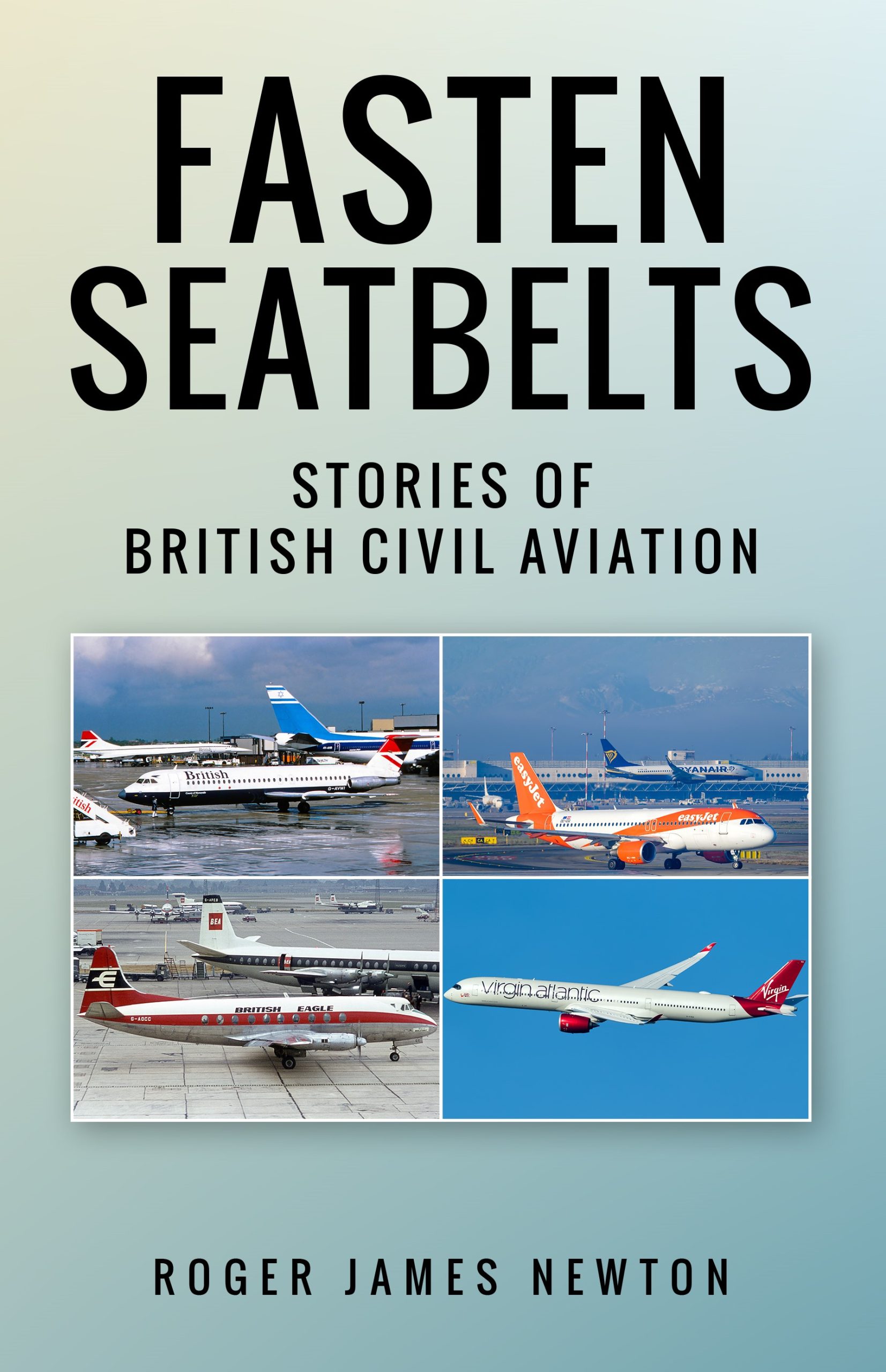Today, booking a flight from London to Sydney is as easy as clicking a button. But beneath this seamless experience lies a century of invention, risk-taking, and determination, much of which was pioneered by British civil aviation.

Roger James Newton’s Fasten Seatbelts captures the grand sweep of this transformation. From converted bombers carrying passengers in the 1920s to Concorde streaking across the Atlantic, British aviation didn’t just participate in global travel. It shaped it.
For example, before airlines were corporations, they were courage in motion. Imperial Airways, formed in 1924, laid the groundwork for intercontinental flight. Using flying boats and biplanes, it connected Britain to its empire, through Cairo, India, Singapore, and beyond.
British manufacturers like de Havilland, Avro, and Vickers were building the future. The Comet, the world’s first commercial jetliner, introduced speed and pressurized comfort. The Vickers Viscount brought turboprop reliability and elegance. The Concorde, developed with the French, set a speed record that still stands. Even when not commercially dominant, British aircraft defined milestones in comfort, performance, and design, forcing the world to keep up.
Britain wasn’t just exporting airplanes. It was exporting aviation culture. British pilots, engineers, and maintenance personnel became global benchmarks. Prestigious airlines across the Commonwealth drew from British expertise. British Airways, BOAC, and BEA set standards in service, safety, and professionalism. Similarly, this cultural export of training, standards, uniforms, and codes helped solidify global norms still in use today.
In the 1960s and 70s, Independent British airlines like Monarch, Caledonian, and Laker Airways tapped into a new dream: affordable travel for the average family. Flying was no longer a luxury. It was liberation. These airlines paved the way for today’s budget carriers, proving that with volume, efficiency, and grit, air travel could be democratic.
British civil aviation helped create the model of global travel we know today: hub-and-spoke airports, standardized safety protocols, transcontinental flight schedules, and even the glamour (and later the affordability) of flying. Even though British aircraft manufacturing may no longer dominate, the legacy lives on in global air routes, airline structures, and the very concept of international leisure.
Fasten Seatbelts reminds us that modern global travel didn’t just happen. It was built, flown, risked, and refined, often with British hands on the controls. From empire routes to eco-concerns, the UK’s civil aviation journey helped shape not just how we fly, but how we connect as a global people.
Before we step on board our next flight, perhaps we should pause and thank the past for giving us wings. If you are interested in learning more about how the British Civil Aviation helped shape modern global travel, we recommend reading Roger James Newton’s book.